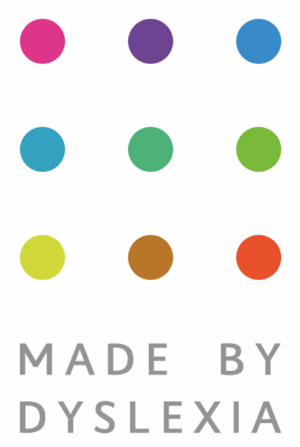What is dyslexia?
- Dyslexia is a difference in how the brain processes information.
- Dyslexia creates strengths in areas such as problem-solving, verbal reasoning, creativity and big picture thinking. It can also create challenges in traditional education in areas such as reading, spelling, writing, organization, and math.
- Dyslexia is the most common learning difference. 10-20% of the population has dyslexia. We can identify characteristics of dyslexia as early as preschool.
- Dyslexia is genetic and it runs in families. With research-based interventions and accommodations, students with dyslexia can become confident readers, writers, and learners.
- Dyslexic Thinking skills are an exact match for the skills needed in today’s workplace (as identified by the World Economic Forum).
For more information, check out the Connect The Spots report.
Reflection
- Were any myths dispelled while watching this video?
- Were there any details about how dyslexia affects people that were new insights?
- Think about the people in your life, including students, their parents, colleagues, family, and friends. Do you know anyone who has, or might have, dyslexia?
Have a look at Made By Dyslexia's Dyslexic Thinking Test.
Take some time to learn more about what dyslexia can look like for different students. Refer to these great resources:
